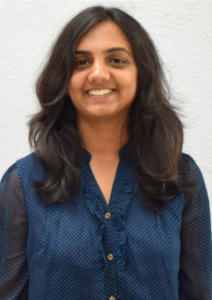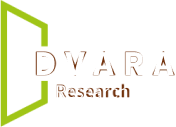In 2021, the government of Rajasthan launched the Mukhyamantri Ayushman Arogya Yojana (MAAY), a health insurance scheme designed to provide affordable healthcare to all citizens, with a particular focus on low-income households. MAAY promises all families in the state cashless medical treatment up to Rs. 25 lakh, with an additional accident cover of Rs. 10 lakh. While the state government covers the premium for low-income households, other households can enrol in the scheme by paying a premium of Rs. 850 per family per year.
The scheme currently allows citizens to access care for 1800 surgical procedures across 2010 network hospitals, more than half of which are private hospitals (Government of Rajasthan, 2025). Official records indicate that a total of 1.4 crore families in the state have registered for the scheme as of 2024, with the state covering the premium for nearly 92% of these families. A total of 42.66 lakh individuals (~37.67 lakh families) have received care under the scheme (Government of Rajasthan, 2024).
State-sponsored health insurance schemes, such as Rajasthan’s MAAY, are instituted with the primary objective of ensuring citizen access to healthcare. However, early reports (Government of Rajasthan, 2024) on MAAY indicate that the scheme is falling short of meeting this objective, meaning that citizens are experiencing exclusion at various points that prevent them from accessing the benefits of the scheme as intended. In this note, we present a citizen-centric framework to study the factors that limit the effectiveness of state-sponsored health insurance schemes. The framework has two components: a) stages of exclusion- a user journey map, which allows us to identify points at which citizens experience exclusion, and b) dimensions of exclusion- a multidimensional lens, which allows us to understand citizens’ broader social contexts that might help explain such exclusion.
Read the project brief here.




